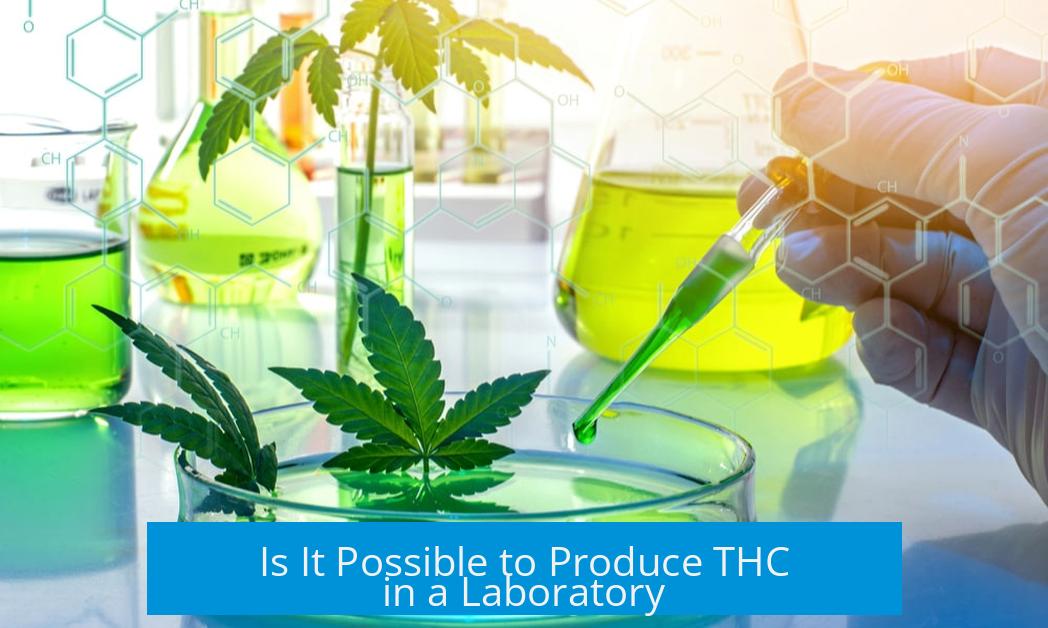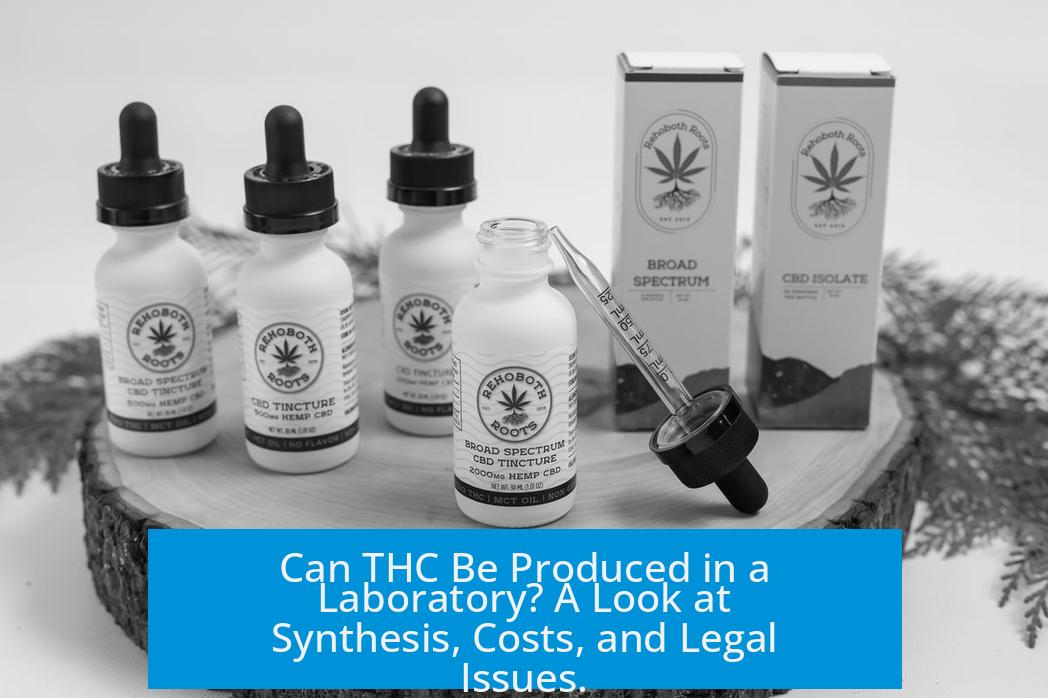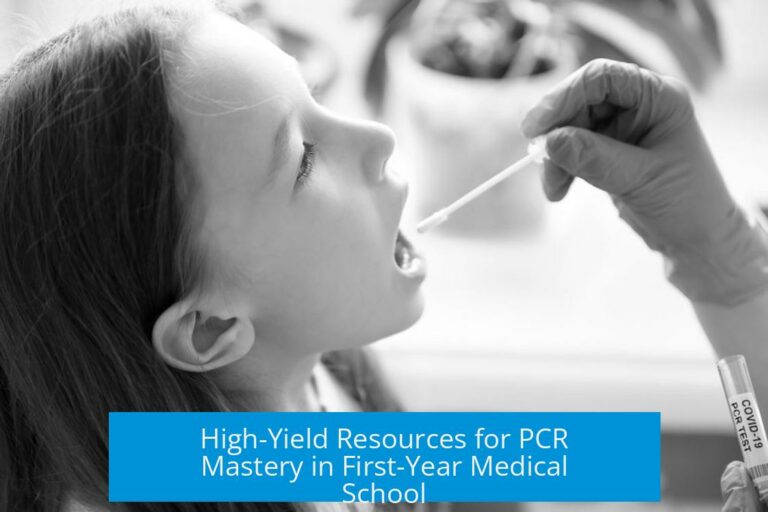Is It Possible to Produce THC in a Laboratory?

Yes, it is possible to produce THC (tetrahydrocannabinol) in a laboratory setting through chemical synthesis, creating a product identical to the natural compound found in cannabis plants.
Overview of THC Laboratory Synthesis
THC was first synthesized in 1965, marking a milestone in cannabinoid chemistry. The process involves replicating the chemical reactions that the cannabis plant naturally undergoes. Scientists can design various synthetic pathways to obtain THC from specific precursors. Although the synthesis is feasible, it often involves complex steps and may not always be practical or cost-effective.
In theory, any natural product, including THC, can be made in a lab. Success depends on devising strategies that balance cost, simplicity, and yield. With appropriate precursors and reaction conditions, a laboratory can create nearly any drug molecule, THC included.
Chemicals and Equipment Used for THC Synthesis
The synthetic production of THC uses specific reagents and laboratory equipment. Key precursor chemicals such as olivetol or p-mentha-2,8-dien-1-ol are typically required. Catalysts like acids (sulfuric acid, hydrochloric acid) or bases (sodium hydroxide) facilitate reaction steps.
- Oxidizing agents: Examples include potassium permanganate (KMnO4) or chromium trioxide (CrO3), used in oxidation steps.
- Solvents: Organic solvents such as ethanol, diethyl ether, dichloromethane, and toluene, alongside water, are used for reactions and purification.
Laboratory apparatus typically include round-bottom flasks, reflux condensers, rotary evaporators, and separatory funnels, which support synthesis and extraction processes. Analytical tools like nuclear magnetic resonance (NMR) spectroscopy, mass spectrometry, and chromatography (HPLC or GC) validate molecular structure and purity.
Synthetic vs. Plant-Derived THC
Synthetic THC is chemically identical to the THC extracted from cannabis plants. When synthesized correctly and purified, the compounds are indistinguishable in structure and function. Safety concerns depend largely on the synthetic methods and reagents used; impurities or harmful chemicals introduced during synthesis could pose risks.
For human consumption, pharma-grade synthetic THC matches the efficacy and effects of the natural product. Prescription drugs, such as Dronabinol, are examples of synthetic THC used clinically. These medicines showcase that lab-made THC can be produced reliably and affordably.
Cost and Practicality
From a cost perspective, growing cannabis and extracting THC might be more straightforward and less expensive on a large scale. Laboratory synthesis often involves many steps, costly reagents, and requires expertise. For commercial or pharmaceutical production, synthetic routes need careful optimization to be economically viable.
Despite this, labs can produce THC without using plant material, which is valuable where cannabis cultivation faces legal or practical restrictions.
Legal and Safety Considerations
THC is subject to strict regulations worldwide, much like the cannabis plant. Manufacturing or possessing synthetic THC in a lab requires compliance with local laws and licenses. Laboratories equipped to synthesize controlled substances typically face legal scrutiny unless authorized for pharmaceutical or research purposes.
In some jurisdictions, synthetic THC products might be legally available even if cannabis is illegal, but local laws vary widely and must be checked.
Challenges and Complexity of Synthesis
The synthesis of THC is not trivial. Some common synthetic routes yield mixtures rather than pure THC, necessitating efficient purification steps. The complexity of cannabinoid chemistry demands careful reaction control, specialized equipment, and advanced analytical techniques.
Despite challenges, skilled chemists achieve pure THC through multistep syntheses. Continuous improvements and innovations in organic synthesis maintain THC production techniques.
Key Takeaways
- THC can be synthesized in a lab, chemically identical to natural THC.
- First total synthesis occurred in 1965; various synthetic routes exist.
- Key precursors include olivetol and p-mentha-2,8-dien-1-ol; acids, bases, and oxidizing agents assist synthesis.
- Synthetic THC matches natural THC in structure, effects, and medical use.
- Growing cannabis and extracting THC is usually more practical and cost-effective.
- Legal restrictions significantly impact lab synthesis and possession.
- Synthesis involves complex steps, specialized equipment, and precise purification.
Can THC be fully synthesized in a laboratory?
Yes, THC was first synthesized from scratch in 1965. The chemical reactions in cannabis plants can be recreated in the lab, making lab production possible. However, the process can be complex and costly.
Is lab-made THC different from the natural form?
If synthesized correctly, lab-made THC is chemically identical to natural THC. The purity and safety depend on the synthesis method used. Some harmful reagents could contaminate the product if not handled properly.
Why isn’t THC commonly made in labs instead of extracted from plants?
Lab synthesis of THC tends to be less cost-effective than growing cannabis plants. Extracting THC from plants remains simpler and cheaper for most purposes, especially on a large scale.
What chemicals and equipment are involved in producing THC in a lab?
Common reagents include olivetol, acids like sulfuric acid, oxidizers such as potassium permanganate, and various solvents. Equipment like reflux flasks, rotary evaporators, and chromatography tools are essential for synthesis and purification.
Are there legal restrictions on producing THC in labs?
THC is regulated similarly to marijuana in many regions. Producing it without proper licenses can lead to serious legal consequences. Laws vary, so checking local regulations is crucial before attempting synthesis.





Leave a Comment